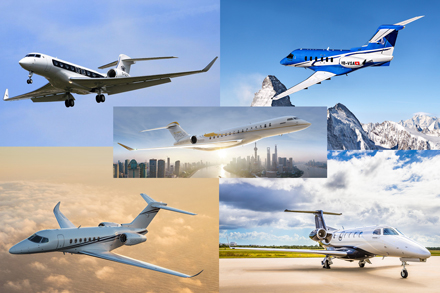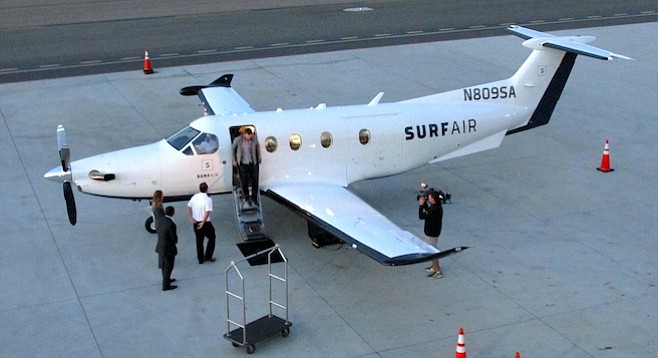 Would you pay $25,000 per year to be able to fly on demand, throughout the region? For frequent charter customers and businesses, this is a lot cheaper than buying a private jet. It can even be cheaper than first class flights, depending on the frequency and destination. It’s a cost that makes sense for many customers, and it’s why the “uberization” of flight-sharing and chartering is a movement that’s only gaining steam.
Would you pay $25,000 per year to be able to fly on demand, throughout the region? For frequent charter customers and businesses, this is a lot cheaper than buying a private jet. It can even be cheaper than first class flights, depending on the frequency and destination. It’s a cost that makes sense for many customers, and it’s why the “uberization” of flight-sharing and chartering is a movement that’s only gaining steam.
Though it’s faced some uphill legal battles in the past, flight-sharing appears to have weathered initial criticisms. Today there are more than a few services allowing private jet owners to make use of their aircraft for on-demand charters.
But the industry for private charters is moving so fast that it’s already beginning to hit on the next iteration of business models. Now, flying for a flat rate is trending. What’s more, it seems to be a happy medium between flight-sharing and traditional chartering. The race to make private air travel affordable has reached monthly (and annual) subscription status.
Surf Air is exploring a new model
Launched in early 2014, Surf Air has brought a new concept to the private charter market: flying for a flat rate. Instead of paying per seat (flight-sharing) or paying per destination (traditional charter), customers pay a flat monthly rate to be able to fly anywhere in a defined region, whenever they want.
For frequent flyers — and even not-so-frequent flyers — Surf Air presents several compelling price points that make private chartering not only accessible but also affordable:
- Surf Air Express — $2,500 per year, with rates as low as $500 per flight
- All-You-Can-Fly — From $1,950 per month
- Group Package — From $5,000 per month
Surf Air’s initial market focused on California and nearby Southwestern hubs. It covered California, including San Francisco, Napa, and San Diego, eventually chartering to Las Vegas and Reno, Nevada. California and Nevada soon made way for Texas. In 2017, the company expanded into overseas markets — setting up a hub in London, with access to nearby destinations Zurich, Luxembourg, Munich, and Milan.
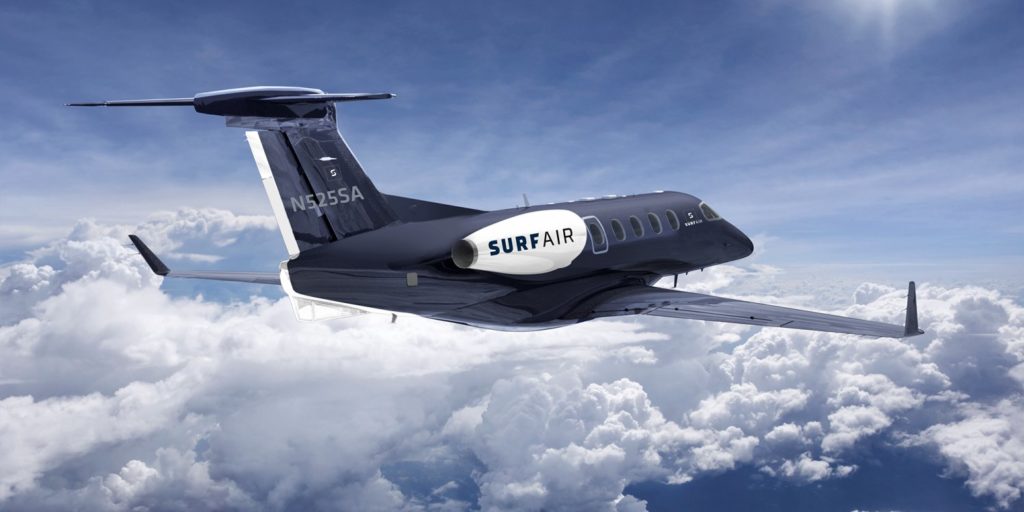
What does a subscription mean for private air travel?
Jet cards have been the standard for private aviation in the past. Most charter companies have used jet cards as a way to give their customers access to their services, with fixed variables that made pricing and scheduling easy. Now, subscription models stand to make things even easier.
With a subscription model, money is rolling in whether or not clients are flying. And because subscriptions are priced to be affordable to customers, with break-even points built in for the business, they offer a win-win structure for frequent flyers who prefer to travel in style.
 While private air travel isn’t for everyone, subscription pricing will likely open the door even wider for those seeking to experience it. In 2018, Surf Air claimed to have more than 3,000 subscribers for its service out of California — a state where almost a million millionaires reside.
While private air travel isn’t for everyone, subscription pricing will likely open the door even wider for those seeking to experience it. In 2018, Surf Air claimed to have more than 3,000 subscribers for its service out of California — a state where almost a million millionaires reside.
For those with the desire to fly direct and the cash to charter, subscription services like those offered by Surf Air make the skies accessible and convenient. In fact, the business has streamlined the model so thoroughly that clients only need to show up for their flight 15 minutes before takeoff! Time will tell if the subscription model is successful, but early indicators show demand.
If you’re in the market for a private jet, affordability isn’t usually one of the qualifiers on your checklist. Most prospective owners are looking for reliability, distance, speed, and features. But what if there were a jet that offered all these things, at a price point well below other models? There’s no doubt it’d get a second look from buyers. This is exactly why people can’t stop talking about the new HondaJet Elite.
New in 2019, the HondaJet Elite is a six-seater private jet that’s ready to set the standard for light aircraft. According to Honda, it’s the “fastest, furthest, and highest-flying plane in its class.” And it’s priced at a paltry $5.25 million.
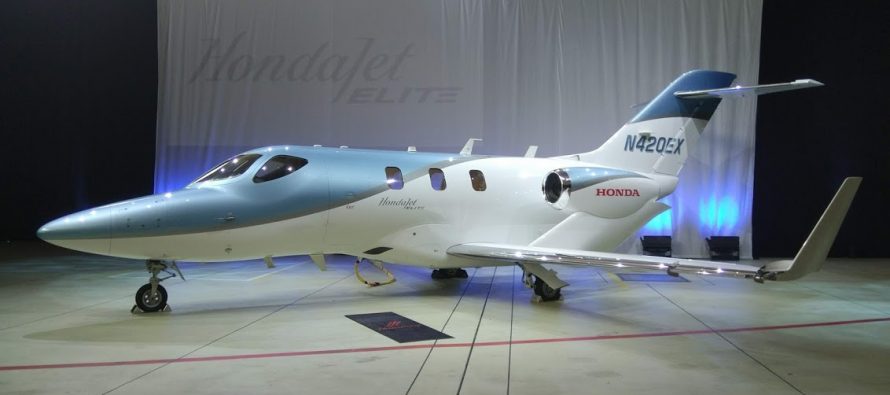
Get to know the HondaJet Elite
The beauty of the HondaJet Elite isn’t that it’s something boldly new and unique. Rather, it’s the familiar made better. For those acquainted with the likes of Embraer’s Phenom 300 or Cessna’s Citation Excel/XLS, the HondaJet Elite isn’t bold new territory. It simply does more with less!
The craft features a revolutionary over-the-wing engine mount configuration, as well as a composite fuselage and Natural Laminar Flow (NLF) fuselage nose and wing. These innovations give the aircraft big punch in a little package. Measuring 42.62 feet, with a wingspan of 39.76 feet, the HondaJet is certainly smaller than other light aircraft in its class.
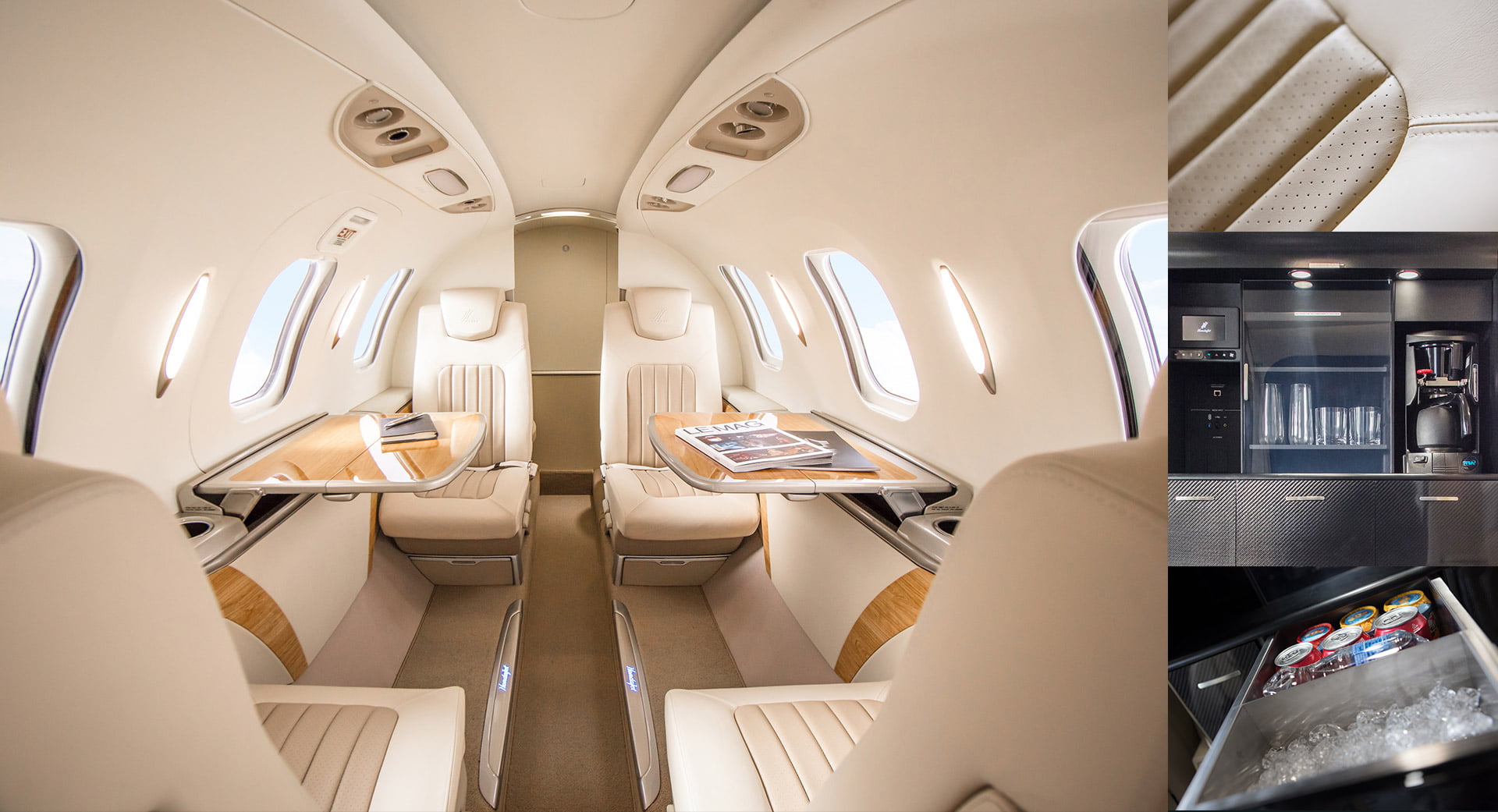
But what it lacks in size the HondaJet Elite makes up for in capability.
The jet clocks in with a range of 1,437 nautical miles, jetting past the 2,100 nautical mile range of the Citation Excel/XLS and well beyond the range of the Phenom 300’s 1,971 nautical radius. Taking off from Denver International Airport (DEN), the HondaJet is able to reach virtually any major metropolitan hub in the United States.
In addition to its impressive range, the HondaJet Elite also boasts some of the best navigation technologies available today. Pilots can take the helm of an automated Garmin® G3000 avionics suite, equipped with everything from visual weight displays for fuel, baggage, and passengers, to ergonomic cockpit controls for improved maneuverability and safety.
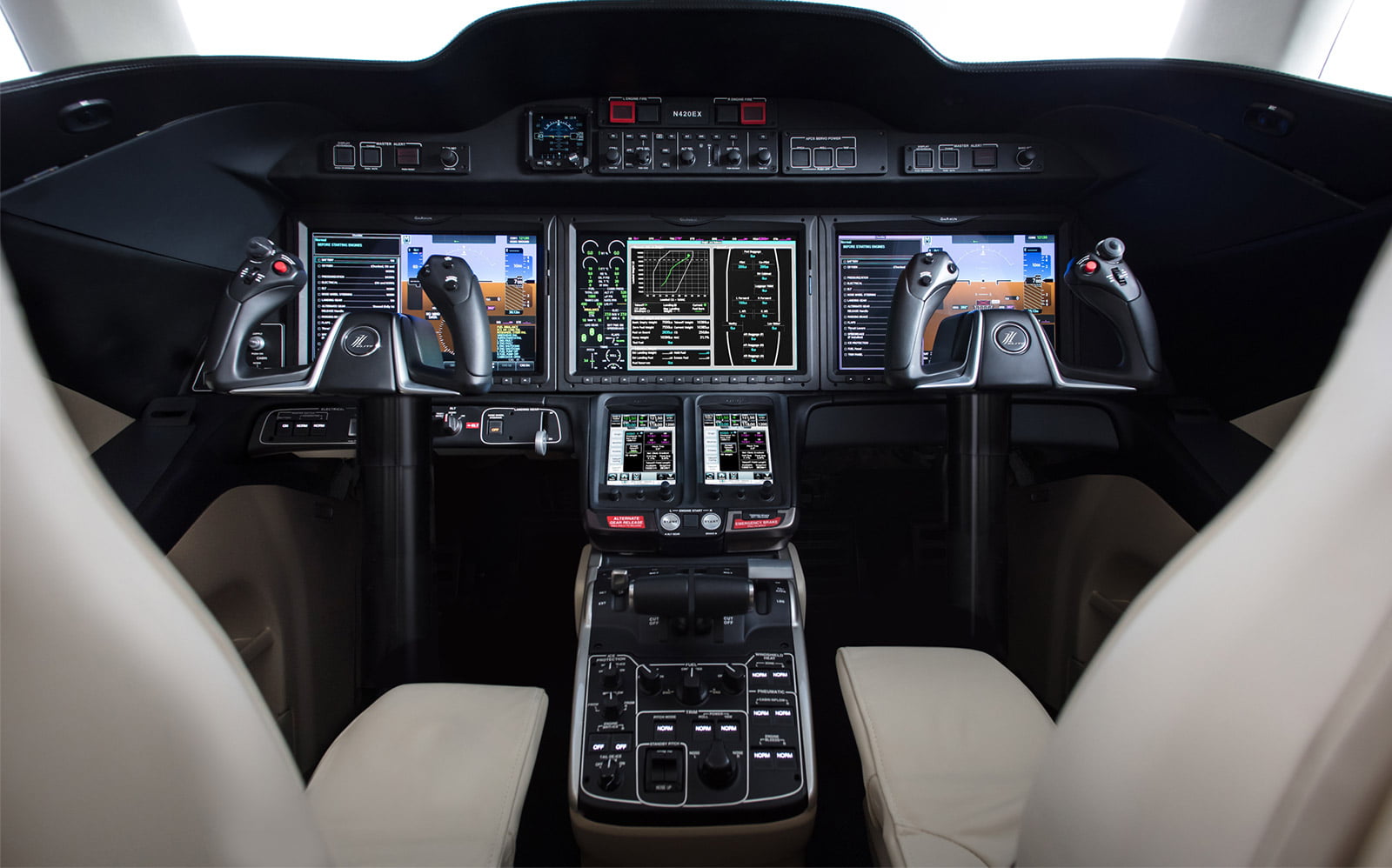
Simply put, the HondaJet Elite has everything you expect from a luxury light aircraft, neatly packed into a smaller jet at a lower price point.
Cost is a big differentiator
 The cost of a private jet ranges anywhere from $3 million to $90 million, depending on what you’re buying. A simple turboprop that’s a few years on the market won’t come close to the cost of a brand-new, decked-out Bombardier Global 7500. Tack on the cost of fuel, maintenance, registration, inspections, and more, and the cost of ownership only rises. The bigger the jet, the higher the costs.
The cost of a private jet ranges anywhere from $3 million to $90 million, depending on what you’re buying. A simple turboprop that’s a few years on the market won’t come close to the cost of a brand-new, decked-out Bombardier Global 7500. Tack on the cost of fuel, maintenance, registration, inspections, and more, and the cost of ownership only rises. The bigger the jet, the higher the costs.
The HondaJet Elite is revolutionary not only in its size and capabilities but also in its price point. Coming in at just $5.25 million new, it offers buyers an extremely attractive proposition: a state-of-the-art jet, at the price of a turboprop. Compare this to the list price of an Embraer Phenom 300 at $8.76 million, and it’s quickly evident why the HondaJet Elite is such a big deal. It may just be the first “affordable” jet to hit the market, and it’s not a bad investment at that!
The expert jet brokers at L & L International are here to help you acquire the perfect jet. Need to sell your jet? We can assist with that, too.
Contact the private aviation professionals online, at
sales@L-Lint.com, or at
+1 (305) 754-3313.
There’s nothing quite like the thrill and luxury of flying the skies in a private jet. That feeling becomes even more pronounced when you’re seated comfortably in the cabin of a best-in-class luxury jet. If you’re seeking to experience this feeling, there’s no shortage of fantastic new private jets on the market this year. However, a few stand out from the rest.
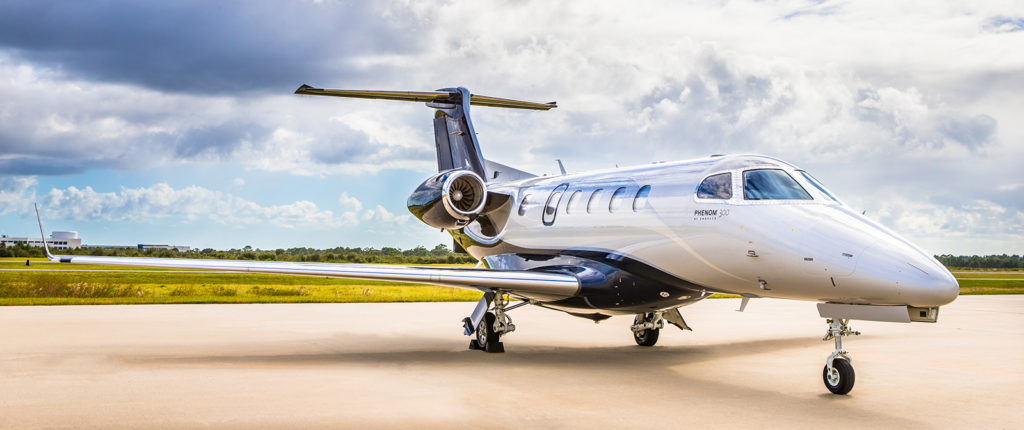
1. The Embraer Phenom 300 is the world’s best-selling light jet. Its newest iteration is the recently refined and relaunched Embraer Phenom 300E. The new model of this massively popular jet features expanded cabin space, luxurious finishes, and an improved entertainment system. The 300E delivers the same exceptional performance as the 300 with a 521mph cruising speed and a range of 1,970 nautical miles, but with high-tech navigation updates that take the flying experience to the next level.

2. With a length of over 111 feet, the Bombardier Global 7000, the largest purpose-built jet on the market, gives passengers plenty of room to stretch out and get comfortable. This massive aircraft can comfortably accommodate 19 passengers with luxurious seating spaces and a master suite. It maintains Bombardier’s lauded luxury standards within the BizAv industry and takes them to new altitudes in this newest model.
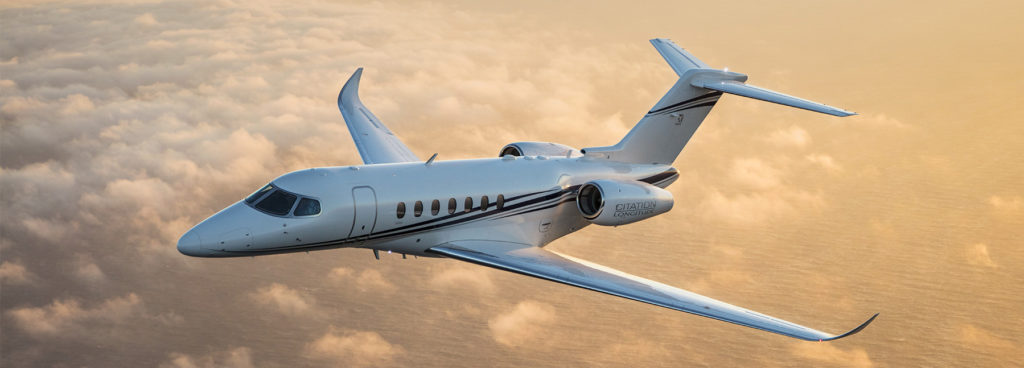
3. The Cessna Citation Longitude delivers outstanding range, payload, and performance, along with incredible comfort. This mid-size jet has a four-passenger range of 3,500 nautical miles with a full 1,600-pound fuel payload. The Longitude also boasts the quietest cabin in its class and luxurious interior features to keep passengers as comfortable as possible.
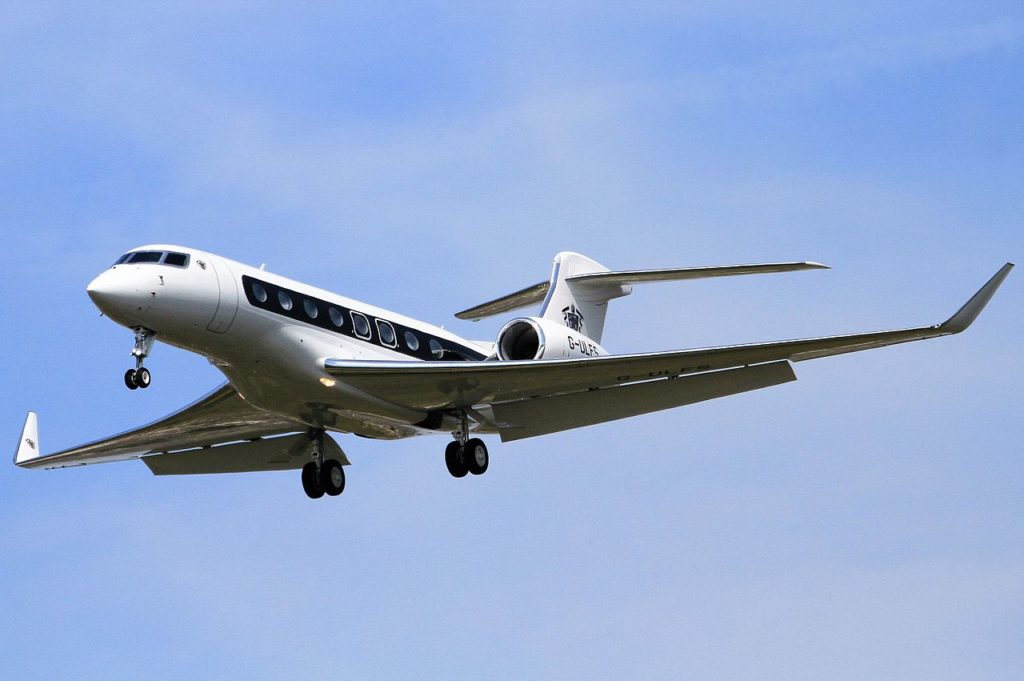 Gulfstream G650 & G650 ER available for sale here.
Gulfstream G650 & G650 ER available for sale here.4. The Gulfstream G650 was released just a few years ago, but this large-cabin jet has already evolved through numerous iterations of the original aircraft design, including an extended-range variation. Even today, Gulfstream has a strong backlog of orders for its G650 jet. The 47-foot long cabin is roomy enough to seat 18 passengers and sleep up to 10. The G650 also stands out as the fastest non-supersonic, large-cabin aircraft to circumvent the globe, which it accomplished in just 41 hours and 7 minutes. With a range of 7,000 nautical miles, this jet can go just about anywhere in the world at speeds of up to 561mph.
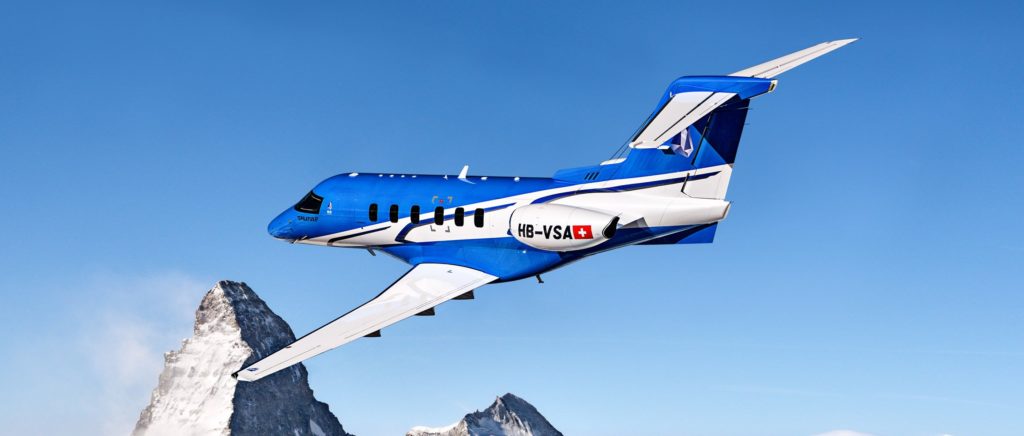
5. After 79 years in the aircraft industry, Swiss manufacturer Pilatus has learned a thing or two about delivering high-performance aircraft. The Pilatus PC-24 is in a class of its own. Pilatus coined the term Super Versatile Jet (SVJ) to describe the category the PC-24 falls under. As an SVJ, the PC-24 has off-road capabilities that allow it to access paved and unpaved runways alike. This versatile, nimble jet seats up to 11 passengers with intuitive seats, which can be removed and reconfigured as needed for optimal comfort.
With so many exceptional options to choose from, now is a great time to invest in a new jet. Whether you’re travelling for business or pleasure, keep these private jets in mind the next time you’re in the market for an aircraft that delivers unparalleled luxury and performance.
The expert jet brokers at L & L International are here to help you acquire the perfect jet. Need to sell your jet? We can assist with that, too.
Contact the private aviation professionals online, at
sales@L-Lint.com, or at
+1 (305) 754-3313.
 Would you pay $25,000 per year to be able to fly on demand, throughout the region? For frequent charter customers and businesses, this is a lot cheaper than buying a private jet. It can even be cheaper than first class flights, depending on the frequency and destination. It’s a cost that makes sense for many customers, and it’s why the “uberization” of flight-sharing and chartering is a movement that’s only gaining steam.
Would you pay $25,000 per year to be able to fly on demand, throughout the region? For frequent charter customers and businesses, this is a lot cheaper than buying a private jet. It can even be cheaper than first class flights, depending on the frequency and destination. It’s a cost that makes sense for many customers, and it’s why the “uberization” of flight-sharing and chartering is a movement that’s only gaining steam.
 While private air travel isn’t for everyone, subscription pricing will likely open the door even wider for those seeking to experience it. In 2018, Surf Air claimed to have more than 3,000 subscribers for its service out of California — a state where almost a million millionaires reside.
While private air travel isn’t for everyone, subscription pricing will likely open the door even wider for those seeking to experience it. In 2018, Surf Air claimed to have more than 3,000 subscribers for its service out of California — a state where almost a million millionaires reside.



